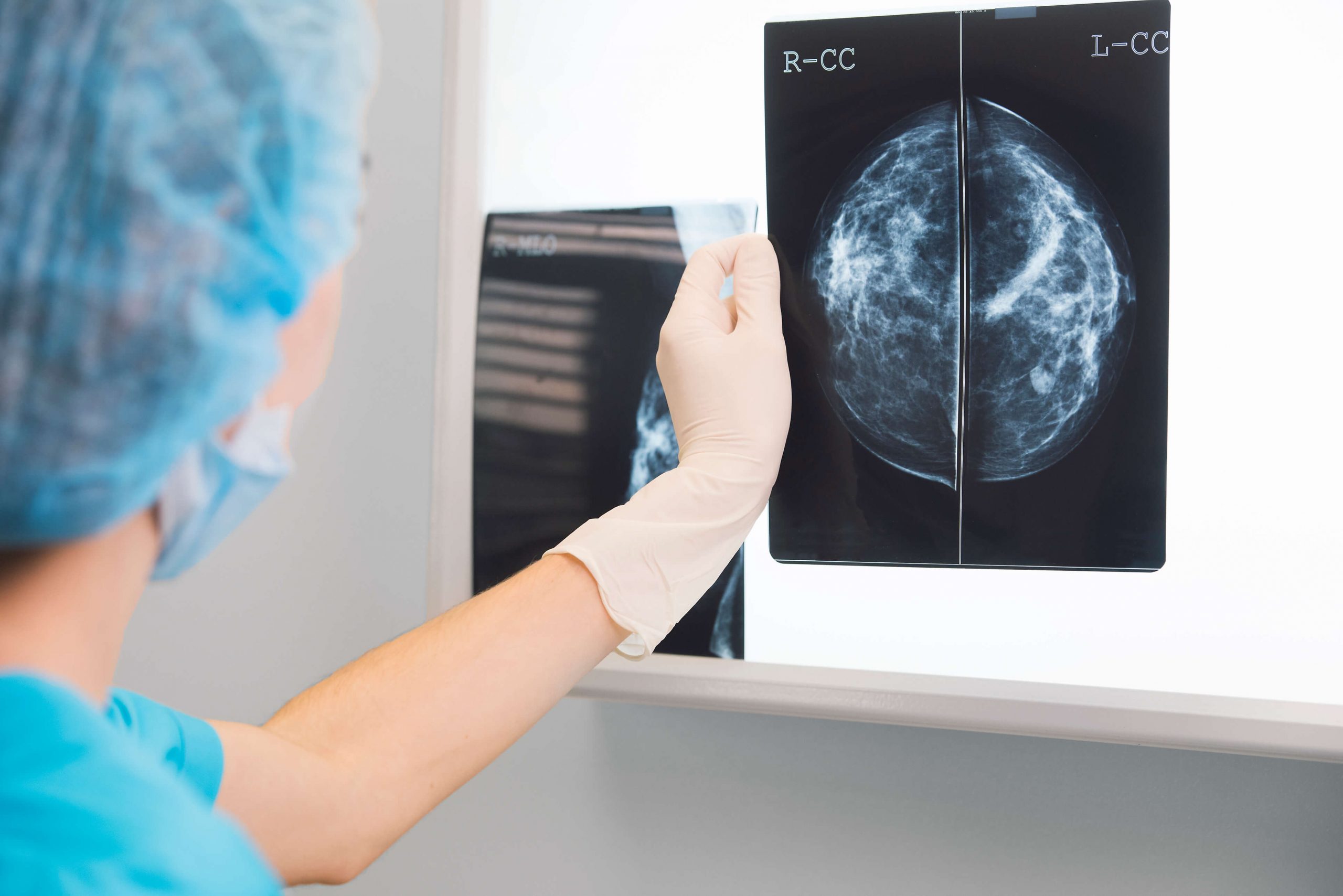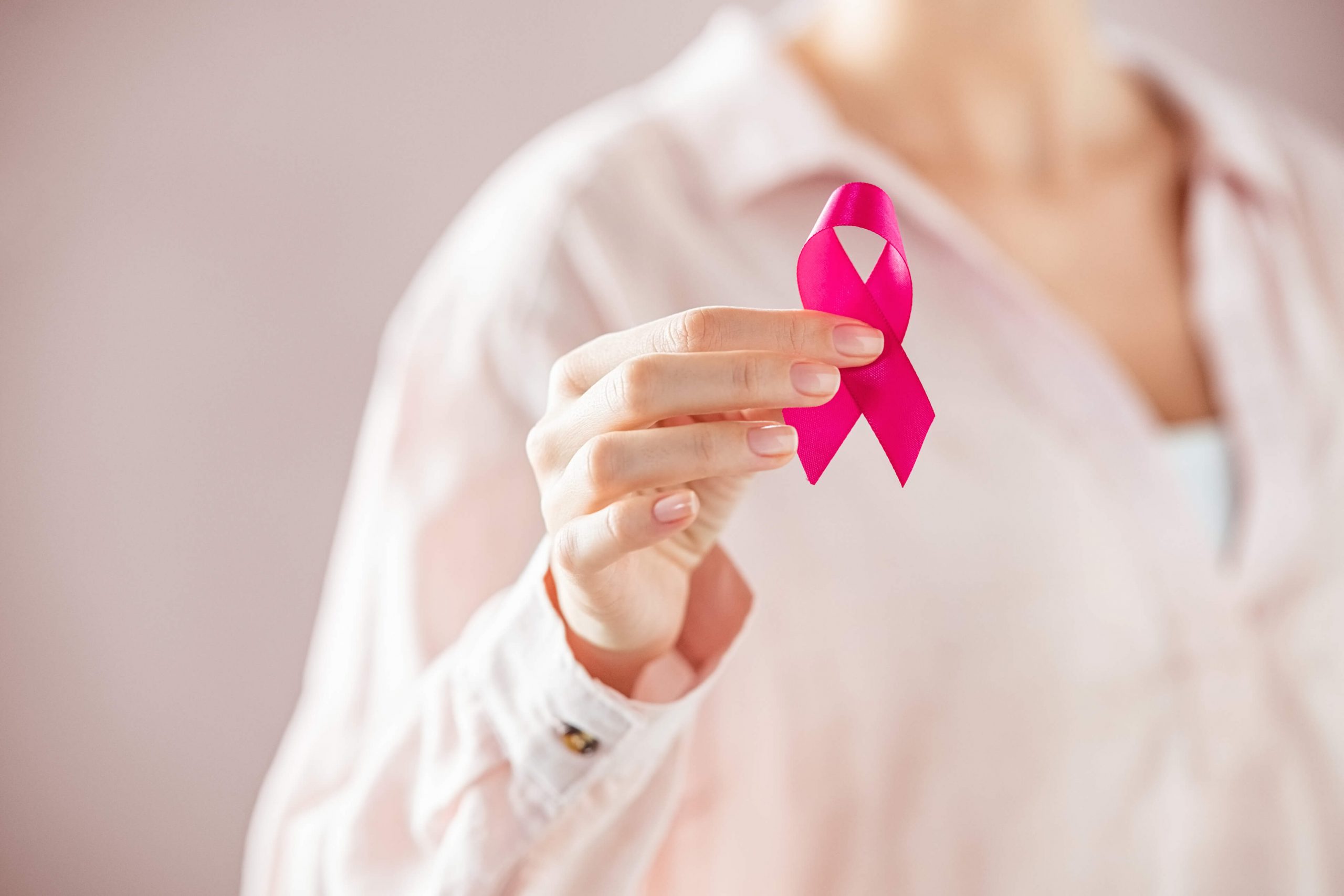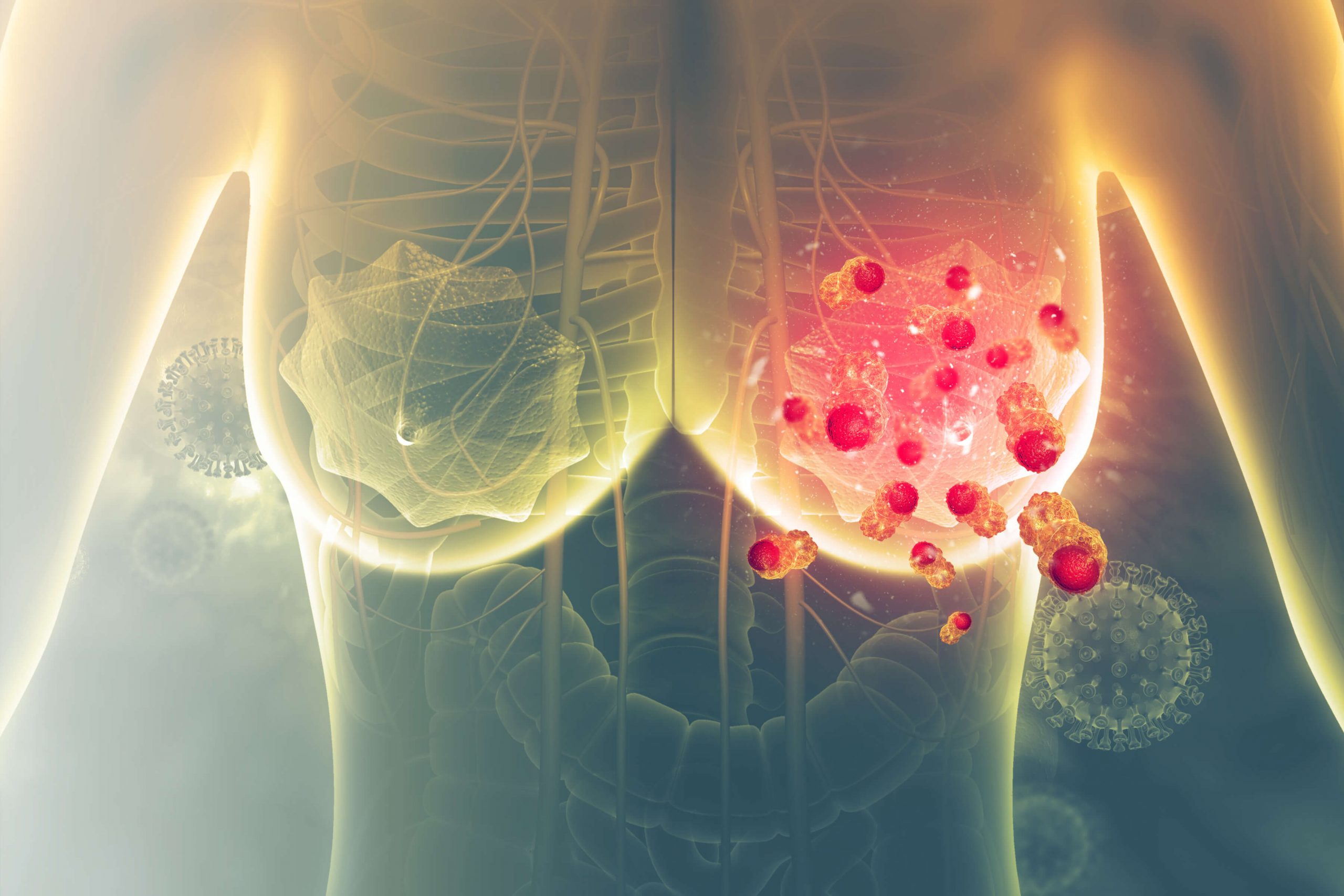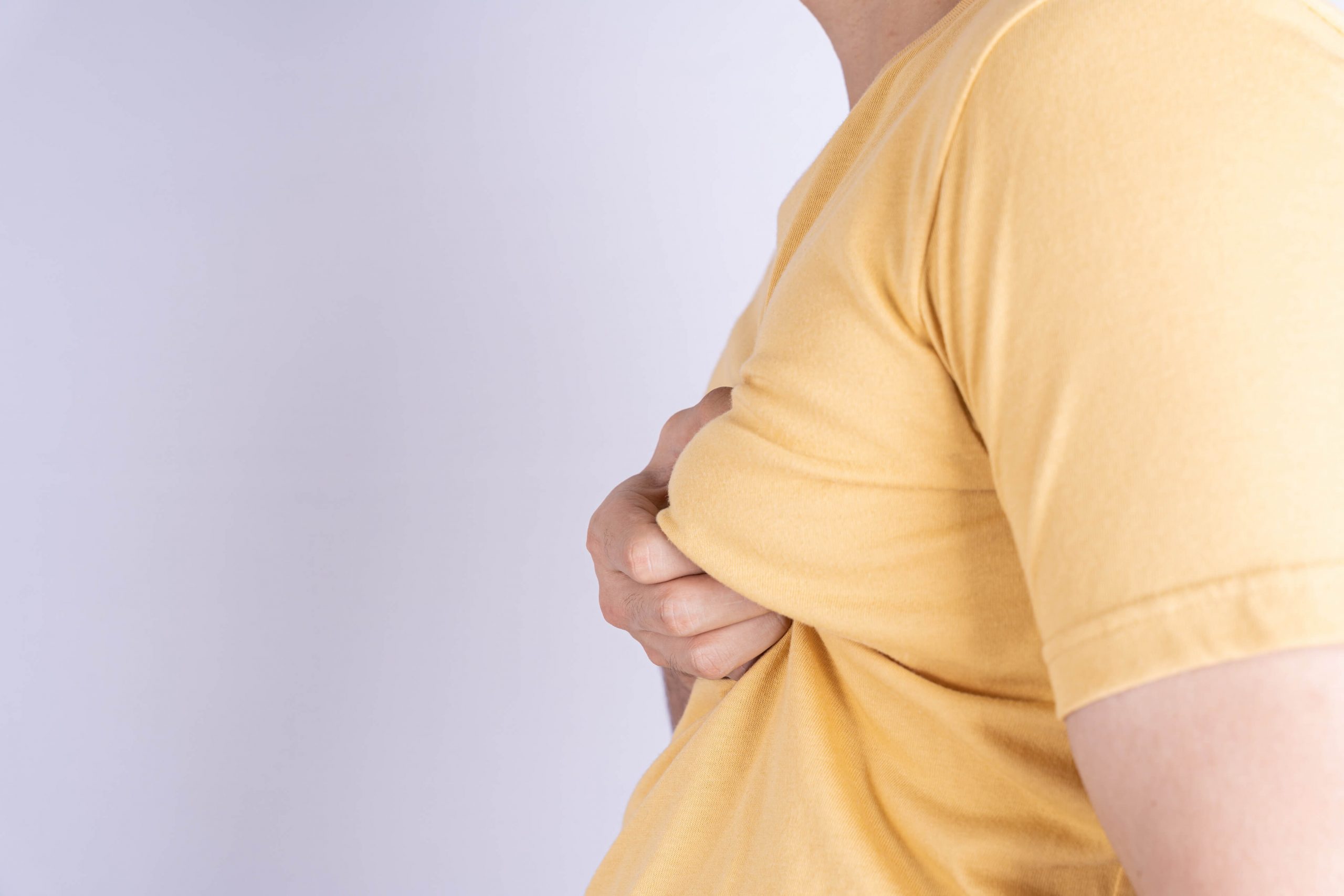Breast Health
What Is Involved in Breast Cancer Screening?
Medically reviewed by Dr. Tan Chuan Chien

What Is Breast Cancer?
Breast cancer is the abnormal growth of cancer cells in the breast. These cancerous cells can grow over time and potentially spread to other parts of your body.
According to the Singapore Cancer Society, breast cancer is the most common cancer among Singaporean women, with around 1,000 women diagnosed annually. Furthermore, approximately 1 in 13 Singaporean women will be diagnosed with breast cancer throughout their lifetime.
The common symptoms of breast cancer may include:
- A lump in the breast or underarm area
- Changes in the size or shape of the breast (thickening/swelling)
- Nipple discharge, excluding breast milk
- Irritation or redness in the breast or nipple area
- Dimpling of breast skin
- Pain in the breast or nipple area
Why Is Breast Cancer Screening Important?
Breast cancer screening is crucial as it allows doctors to diagnose breast cancer in patients at an early stage, hence enabling simpler treatments and better survival.
Breast cancer usually begins as a precancerous lesion and eventually develops into invasive cancer. It usually begins with changes within the breast that are often not noticeable by the patient. It can be changes that are as small and fine as grains of sands. However, breast screening with scans can detect these changes and enable early diagnosis and treatment of these early breast cancer lesions. Usually, when these lesions are so small, the treatment for breast cancer is much simpler and there is a better chance of survival. Because, breast cancer is not an uncommon disease, hence all women should undergo regular breast screening.
Breast cancer screening as early detection of cancer cells can increase your survival rate with early treatment.
What Is Mammography?
Mammography is an imaging test to examine and detect abnormalities in the breast area using x-rays. It is one of the most common and reliable methods for detecting early breast cancer as it allows the detection of cancerous tumours or lumps that are not large enough to be felt or noticed.
Benefits of Mammography
The advantages of mammography include:
- Allow detection of early-stage breast cancer before any noticeable symptoms.
- Significantly increases chances of recovery when cancer is detected early.
- Simpler treatment if breast cancer detected early hence less side effects and pain.
Risks of Mammography
Similar to most screening methods, there are also risks involved during mammography.
During mammography, your breasts are exposed to a small amount of radiation. As such, there is a risk of radiation due to x-ray procedure. However, as the radiation emitted is of low dosage, there is generally no significant harm to your body.
There is also a possibility of false-positive results, hence, the possibility of over-treatment. For patients with dense breasts, there is an increased risk of false-negative results from the screening mammography, as both the dense breast and cancers may appear white on regular mammography. Unfortunately, we now know that increased breast density is associated with an increased risk of breast cancer. Hence, it is important to discuss this with your Breast Specialist to overcome this via alternate methods of screening, based on your individual risk.
Difference Between 2D and 3D Mammograms
Both 2D and 3D mammograms are largely similar as they use a low-dose x-ray machine to examine the breast area. However, there are still slight differences between them, such as how the images are taken and the manner the results are presented.
A 2D mammogram takes two pictures of each breast to create two images of each breast.
A 3D mammogram takes multiple images of each breast from different angles and shows individual layers of breast tissue. These images are then constructed together to present a 3D view of the breasts. As such, finer details of the breast can be viewed clearly, significantly reducing unnecessary recall and false-negative test results.
What Happens During a Mammogram?
During a mammogram, the x-ray technician will gently compress both your breasts between two transparent plates. Images of each breast will then be taken from different angles (depending on whether you are doing a 2D or 3D mammogram) by special x-ray equipment.
There are generally two types of mammograms, digital and non-digital (film-screen). Both mammograms operate the same way, with the digital method preferred as it can minimise background noise, resulting in clearer images of the breast.
What Are the Alternative Screening Options?
Apart from mammograms, there are also many other additional screening options available. A mammogram is usually sufficient to detect breast cancer. However, there may be instances where further tests may be required in certain scenarios.
These alternative screening options include:
Ultrasound
- A breast ultrasound scan uses penetrating sound waves (sonography) to look for and determine the solidity of a lump.
- This is usually done in conjunction with mammography to increase the pick-up rate for abnormalities or suspicious lumps in the breast.
Breast Biopsy
- A breast biopsy is the next stage of testing and is usually done when your doctor suspects a significant chance of the presence of abnormal cells in your breast.
- Your doctor will use surgical procedures to sample tissues from suspicious lumps, and these tissue cells will undergo further examination to determine if they are cancerous.
Magnetic Resonance Imaging (MRI)
- An MRI scan may be recommended if you are under 40 years old and belonging to the high-risk group (family history or presence of BRCA 1 or 2 genes)
- An MRI scan may also be preferred over mammograms and ultrasounds in cases of silicone injections in your breasts.
- However, this method is generally not recommended for routine breast screening for normal-risk women.
Clinical Examination
- A visual inspection of the breast to identify abnormalities or suspicious lumps that can be seen
- A physical check of the breast to detect unusual lumps
Who Should Be Screened for Breast Cancer and How Often?
According to Singapore national screening guidelines, normal-risk Singaporean women aged 40 and above are recommended to go for a mammogram screening once every year. For those aged 50 and above, a mammogram screening is recommended once every 2 years.
Women in high-risk groups, such as those with a family history of breast cancer or other types of cancer, should see a Breast cancer specialist to discuss their individual risk and may have to commence screening earlier.
You should consult your doctor or breast specialist to discuss your individual risk of breast cancer and the benefits and risks of the various screening options or if you suspect you may have breast cancer due to the detection of abnormalities in your breast.
Conclusion
Breast cancer may be the most common cancer among Singaporean women, but it is treatable if detected early. Early detection through the various screening options is the key to improving the chances of surviving breast cancer.
Contact Dr. Tan Chuan Chien to schedule a breast cancer screening today: https://www.sog.com.sg/specialist/dr-tan-chuan-chien
WHO WE ARE
About SOG Health Pte. Ltd.
Established in 2011, SOG Health Pte. Ltd. (“SOG”) is a leading healthcare service provider dedicated to delivering holistic health and wellness services to the modern family.
With a long and established track record in Singapore providing Obstetrics and Gynaecology (“O&G”) services such as pre-pregnancy counselling, delivery, pregnancy and post-delivery care, the Group has since further expanded its spectrum of healthcare services to include Paediatrics, Dermatology, and Cancer-related General Surgery (Colorectal, Breast & Thyroid).
The Group’s clinics, under its four operating segments of O&G, Paediatrics, Oncology and Dermatology, are strategically located throughout Singapore to provide easy access to its patients.
- Obstetrics
- Gynaecology
- GynaeOncology
- Breast, Thyroid & General Surgery
- Colorectal, Endoscopy & General Surgery
- Dermatology
- Paediatrics
Consult With A Specialist From SOG
Visit one of our specialists today to learn more about your health!
Recommended Specialist
Book An Appointment
Fill up this form and our clinic will get back to you shortly.
For general enquiries, please click here.





